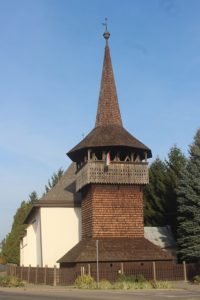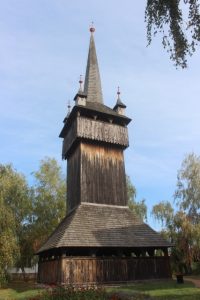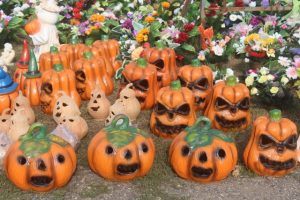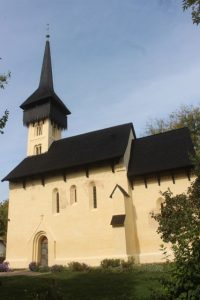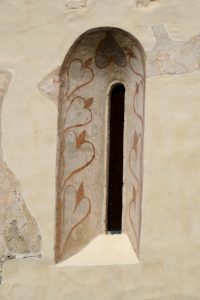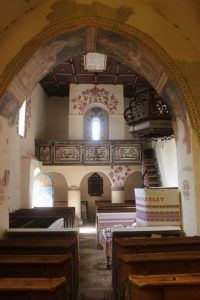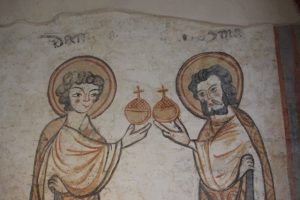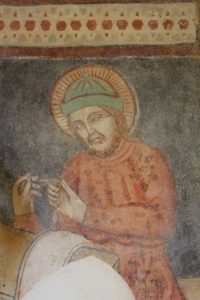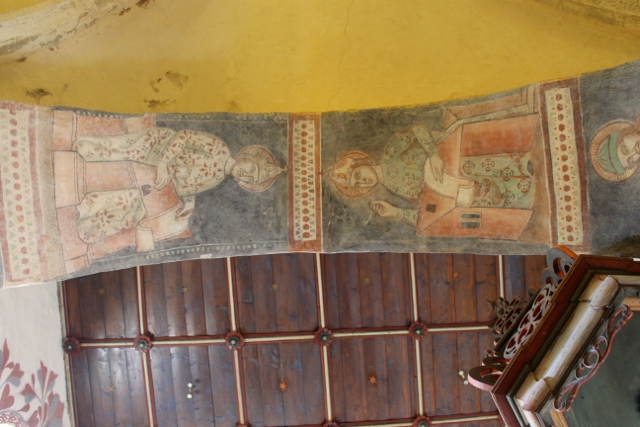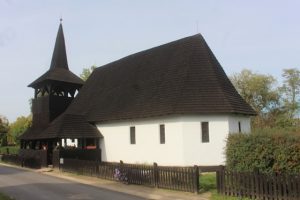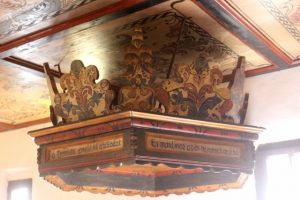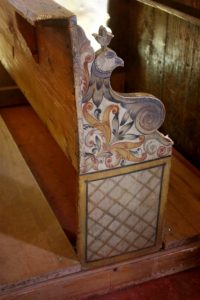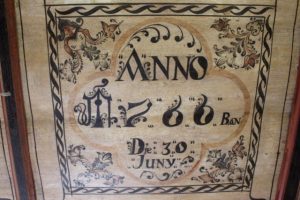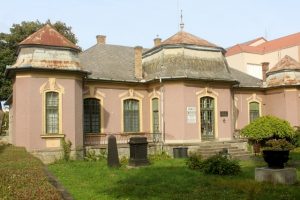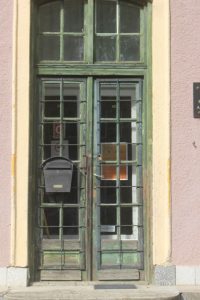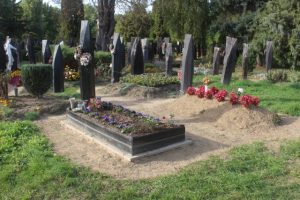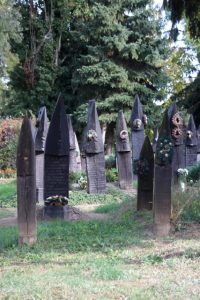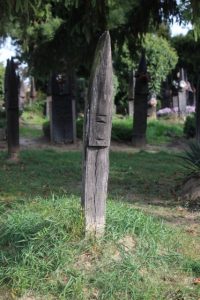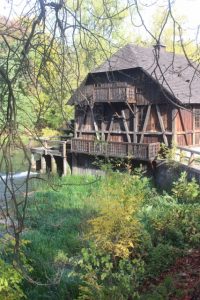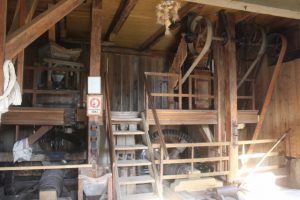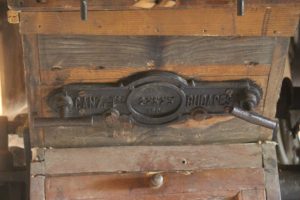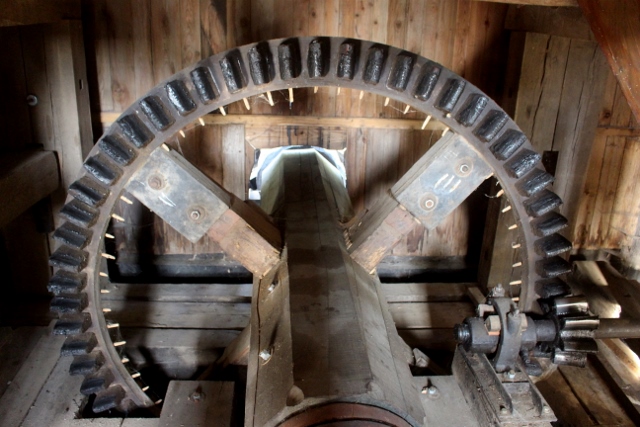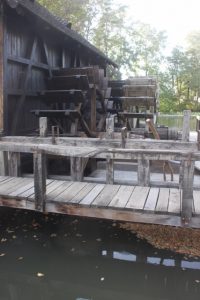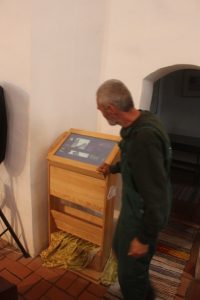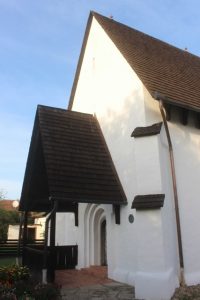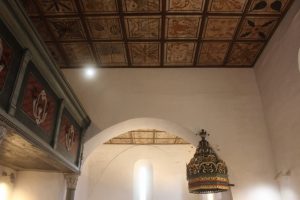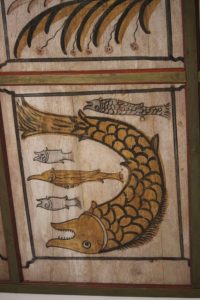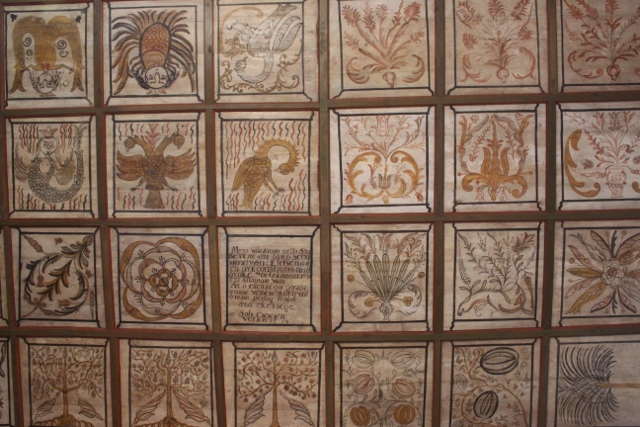The Erdohat area has lots of attractions, from wooden belltowers and frescoes churches to a curious cemetery and an old water mill. And friendly people.
If you think there are no more wooden churches to explore, you are wrong. Hungary has its share, too, in the very east of the country, the Erdohat region (also called, by some, Beregi area), close to the borders with Ukraine and Romania. Actually, the churches are built of stone, but the roofs are wood-shingled, and the bell towers are made of wood. And we are not so much here for the churches and the bell towers, but more for the atmosphere. This is Hungary’s most isolated area, still quintessentially rural, a lot less developed than the rest of the country.
But where we had expected poor villages, unsurfaced roads and horse-drawn carts, we were wrong. We encountered only one horse-drawn cart (and an antique tractor, or two), tarmac roads (although mostly narrow, and poorly surfaced), and quite attractive villages, with spacious plots and villa-type houses, pastel-coloured, well maintained, and with a comfortable sedan or a pick-up truck on the drive way. And everywhere incredibly nice people. Although there is a problem, of course: the language. Already in Slovakia we found the local language difficult, but there my travel companion, who recently started to learn Russian, managed to recognise the occasional written word, Slovak also being a Slav language. Not so in Hungary. Hungarian is for the uninitiated a totally unintelligible language, not a single point of recognition. And where in a Tokaj supermarket there may be a lady speaking a little German, in the Erdohat villages that doesn’t happen. Which doesn’t stop the people from trying to be as helpful as they can. Arriving at a church, bystanders who see that the door is locked will point you in the right direction for the key holder, or they have already warned the caretaker, who soon arrives on her scoot-mobile. Two men drinking outside the nearby village bar, elsewhere, insist that they will also call the man with the key, even though I make clear that we have already spoken to him by telephone – and we think that what he said was that he was coming.
In fact, the first church we visited, built in the 13th Century in Csaroda, was open. A piece of paper suggested you pay a certain amount into the church box. Trust reigns here, or call it common decency. The frescoes inside were a mixture of religious scenes, from the time it was a Catholic church, and simple decoration floral patterns painted after the church turned Calvinist in 1552. All of this was, in any case, whitewashed, and only rediscovered and restored in the 1960s.
In nearby Takos the church is tiny, not much more than the size of a house. This being a Protestant church, apparently from the beginning, the decoration here is limited to the painted tiles of a coffered ceiling, some panels around the pulpit, and the sides of the pews, all done in 1766. The roof above the pulpit is a wooden crown cut out and painted, too. Never seen this before, but it creates a very special atmosphere.
One of the slightly larger towns of the area, Vasarosnameny, where we had lunch – forget something like that in the villages, there are no facilities, often no shops either (except for that one nearby village bar). Vasarosnameny has a museum, the Beregi museum, which is actually housed in two different buildings. The collection is not especially interesting, except for some farm tools, its embroideries and its cast-iron stoves, of which they have a lot. And for its extraordinary friendly staff, who do speak quite good English, and went out of their way to explain each issue in great detail.
There are a few more treasures in the Erdohat. In the village of Szatmarcseke, almost at the Ukrainian border, the cemetery is full of wooden grave markers. Apparently, the specific carvings on the markers indicate things like marital status and social position, says one; others claim the markers represent upturned boats that ferry the souls of the dead to another world. Whatever, the practice still continues, local people are proud of the tradition without exactly knowing what it meant. And it is indeed a special sight, hundreds of these wooden pillars. The new markers delicately carved and still being taken care of, older ones by now unreadable because of weathering, some have even fallen over. Being a sucker for cemeteries, this is exciting terrain for me.
Also curious is the water mill in Turistvandi, where the caretaker manages to explain to me, in Hungarian, how this 200 year old contraption worked, until somewhere in the 1990s. An impressive piece of engineering, which can still be made to operate – at least the wheels still turn if the water flow is initiated.
By now it is late afternoon, and most of these places close at 4 pm. On the off chance we drive to Gyugye, where another church sports one of those coffered ceilings seen earlier in Takos. The church is closed, when we arrive at round five. But this is where we call the caretaker – and where the men outside the bar also call, to make sure. Who turns up five minutes later, on his bicycle. With a massive key. And subsequently turns on a video with English subtitles, describing the details of the church. That it was built somewhere between 1284 and 1322. That the panels were painted in 1787. And he then talks passionately about all the other details, no matter that we don’t understand. The commitment, the enthusiasm, the friendliness: the Erdohat may have moved forward in terms of development, but their people have not lost their values, are still their rural selves.
Next: back to urban environment again, Debrecen.
